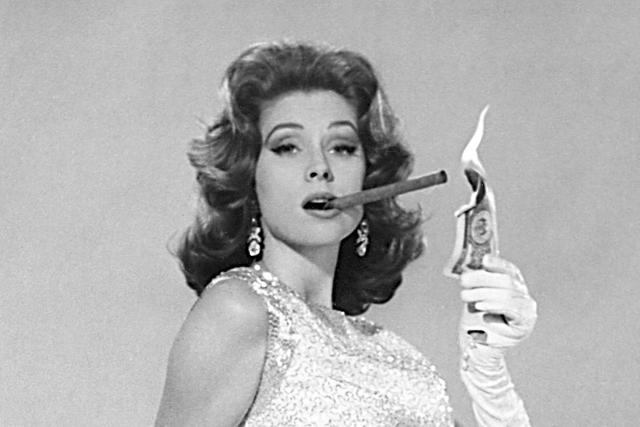A 1980s De Beers ad was headlined, “She married you for richer or poorer. Let her know how it’s going.” The message was simple: If you got it, flaunt it.
But a recent New York Times article found that affluent consumers—particularly those who inherited money—are increasingly uneasy with flaunting it. Many don’t even like to be labeled wealthy; they prefer to be considered “normal” and sometimes go through bizarre contortions to be seen that way. One woman removes high price tags because she doesn’t want her nanny to see. Others seem to see their wealth as something of a burden:
 Which brings me to jewelry. There are still plenty of consumers who seek that wow. A Russian oligarch just bought his model girlfriend a 70 ct. diamond. Kim Kardashian famously received a 20 ct. engagement ring. The current president of the United States became so well-known for flaunting his wealth that it probably made him richer—and president.
Which brings me to jewelry. There are still plenty of consumers who seek that wow. A Russian oligarch just bought his model girlfriend a 70 ct. diamond. Kim Kardashian famously received a 20 ct. engagement ring. The current president of the United States became so well-known for flaunting his wealth that it probably made him richer—and president.
But showing off your wealth is not always looked on so favorably, especially now that the public has become increasingly concerned with income inequality. As the article notes, “today the 10 percent of earners now garner over 50 percent of income nationally, and the top 1 percent over 20 percent.”
And while there has always inequality, by all indications it’s getting worse. A chart from researchers Emmanuel Saez and Gabriel Zucman shows that while, in past generations, the poor and middle class experienced the largest income growth, today just about all the gains are enjoyed by the affluent—and not even all the affluent, but the top 99.99th percentile.

